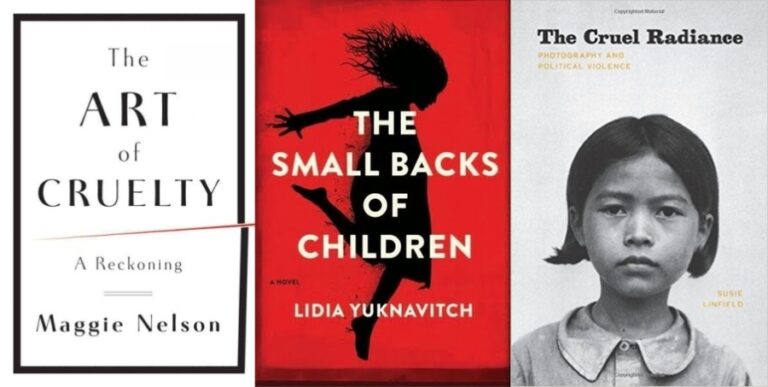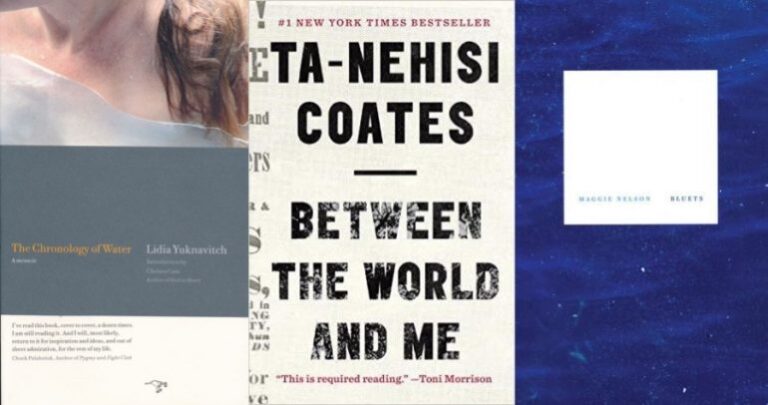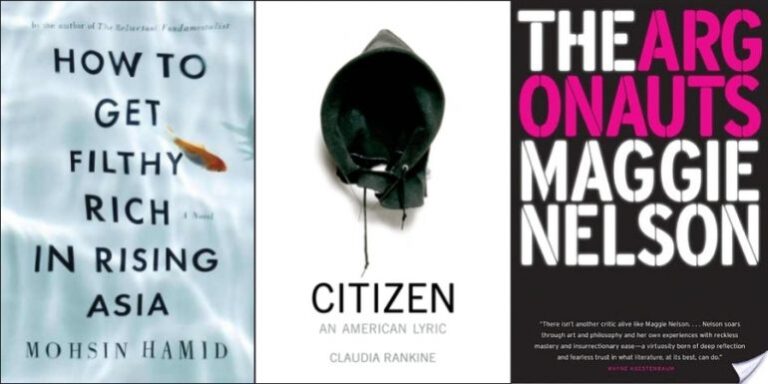How to Write Violence
How to talk about violence in literature, when the term violence is so broad? “Violence” is defined as “behavior involving physical force intended to hurt, damage, or kill someone or something,” but it’s also used to depict the “strength of emotion or an unpleasant or destructive natural force.” How to talk—or write—about violence at all, both…








